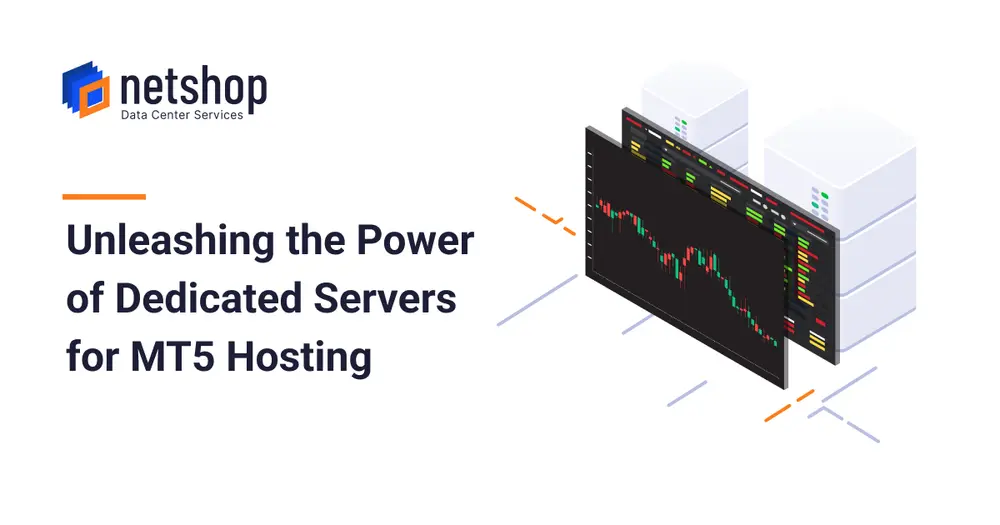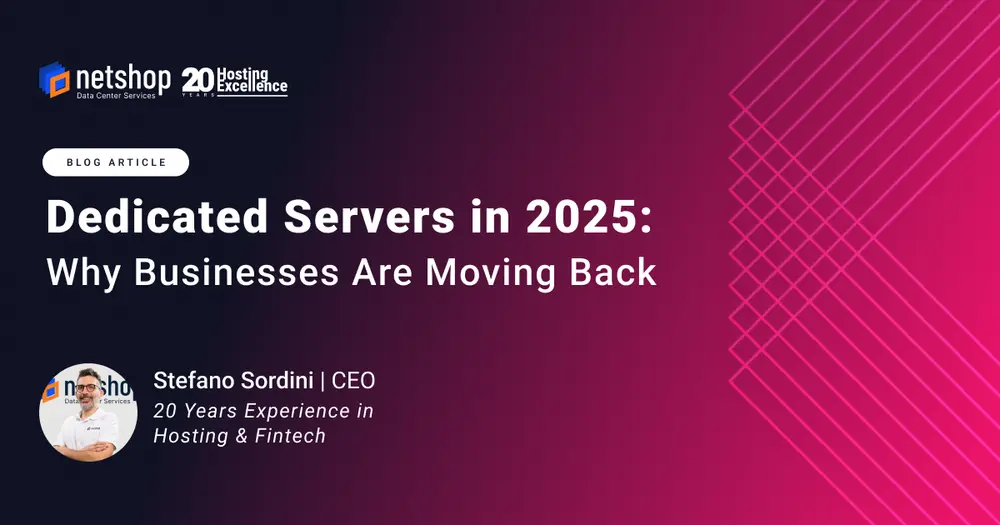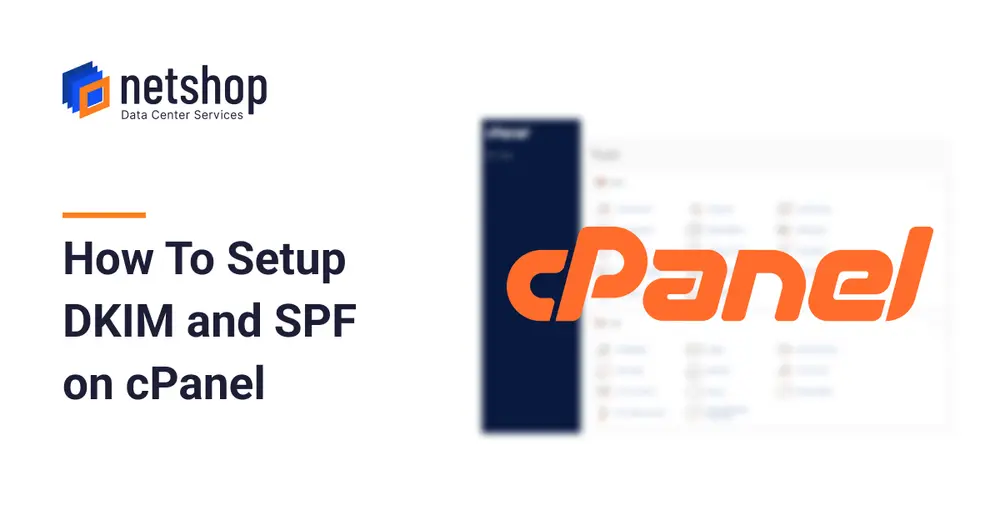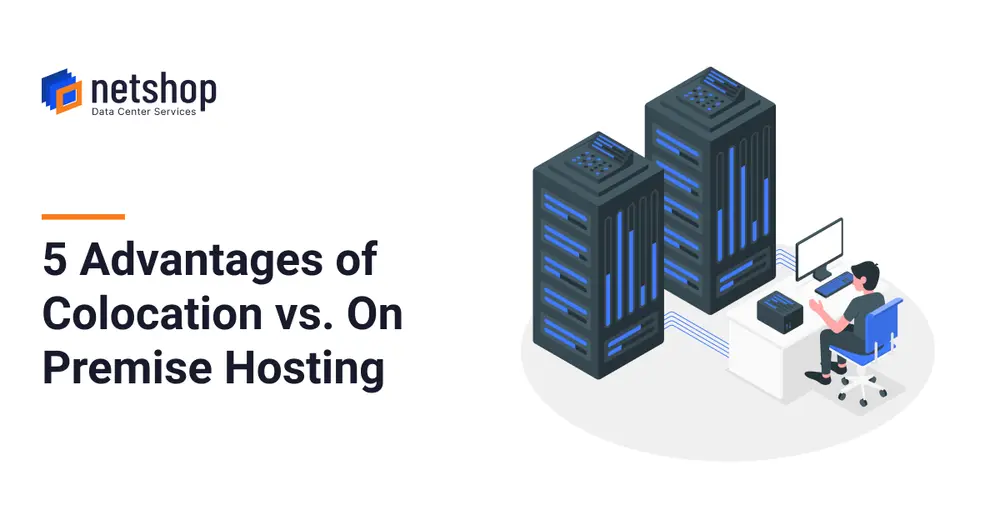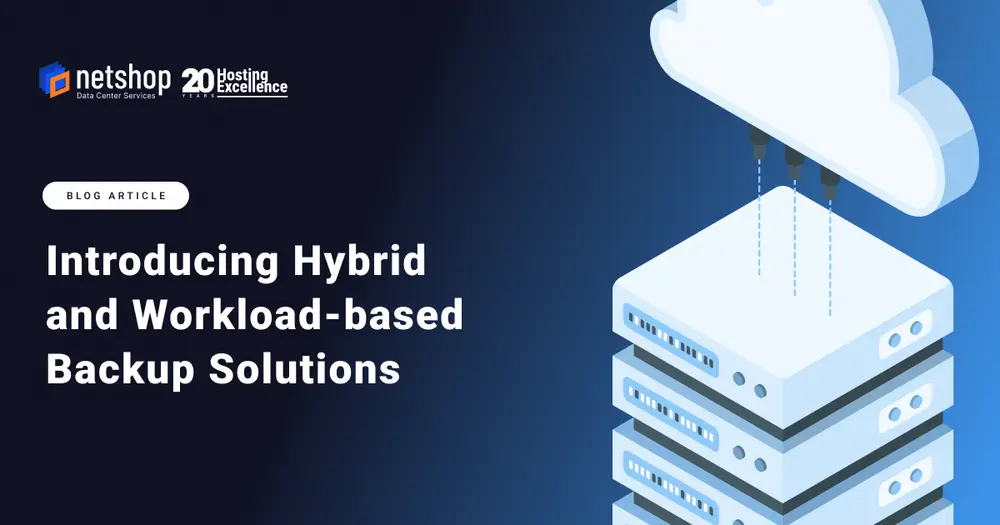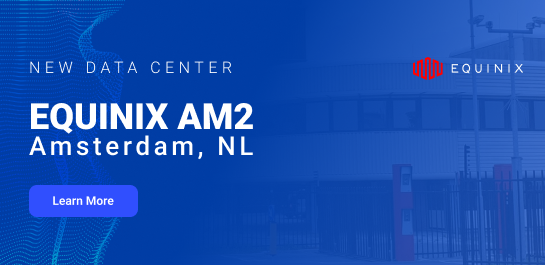When making trading decisions, liquidity is a key consideration for investors. Liquidity is used to measure the level of activity that takes place in the financial market, which is especially important when trading different currencies as it indicates a pair’s, like EUR/USD, ability to be traded without having a significant impact on its exchange rate.
With that being said, a liquidity bridge has become a fundamental component in bridging trading platforms, like MT4, MT5 or cTrader, with liquidity providers, and thus an essential tool for Brokers. In this article, we’ll take a closer look at why a liquidity bridge is important, and what to consider when choosing a data center for liquidity bridge hosting.
What is a Liquidity Bridge
A liquidity bridge, or simply ‘bridge’, is essentially software that acts as the intermediary between a trading platform and liquidity providers. Utilizing a liquidity bridge has become crucial for brokers as not only does it offer direct market access, but also faster trade execution, reduced slippage and enhanced security.
Why a Liquidity Bridge is Important to Retail and Institutional Forex Brokers
Liquidity bridges have become the industry standard for both retail and institutional Forex Brokers. By forming the bridge between the trading platform and the liquidity providers on the other end, brokers are assured that each trade is correctly pushed and cleared before reporting back to the trading platform.
One of the main features of a liquidity bridge is that it provides the ability to set pricing markups, ultimately expanding the options and customization capabilities a broker has when making a product offering. A liquidity bridge also enables brokers to buy and sell assets as close to the market price as possible by providing a single point of connectivity to multiple liquidity sources through an aggregated price feed.
Bridge software also provides tools to improve a broker’s risk-management system by giving them the ability to route orders, as well as diverse exposure and advanced reporting. Ultimately, by implementing bridge technology, brokers can effectively streamline their work, resulting in higher profits.
Key Points to Consider when Choosing a Data Center for Liquidity Bridge Hosting
As an integral part of your trading infrastructure, finding the right data center for liquidity bridge hosting is paramount, so it’s crucial to consider the following:
Location & Latency
The unwavering stability and performance of a liquidity bridge is elementary to the seamless execution of trades, and the location of your data center is the key to achieving that. Opting for a data center in a strategic financial location offers an optimal environment for attaining the ultra-low latency required for a high-quality connection.
Most of the Liquidity Providers are hosted in London and New York Data centers. Contact us for pricing information and latency results.
Security
Your chosen data center should be located somewhere safe and at low risk of natural disasters, whilst also featuring the highest standards of redundancy. Be sure to check that the data center you choose is fully certified and compliant with regulatory requirements. Finally, a data center or hosting provider that can protect your infrastructure from DDoS attacks is a big plus too.
Support
Having around-the-clock support should also be a priority when choosing a data center. It’s important to note that the integration process of a liquidity bridge could sometimes require additional support, and having a responsive team to assist you could prove extremely valuable.
List of the Best Liquidity Bridge Providers
With years of experience in the financial market, NetShop ISP has gained huge industry insight through the analysis of customer statistics that were used to compile this list of popular liquidity bridge providers.
